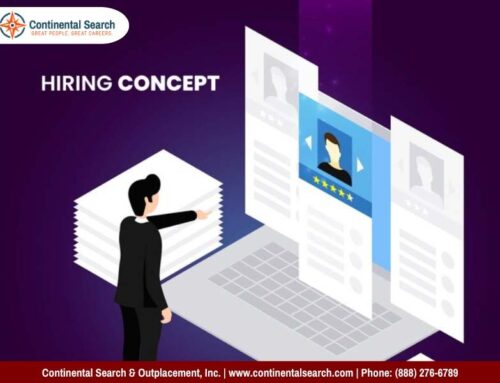By Dan Simmons
We recently discussed the concept of onboarding and why it represents a solid investment in reducing your turnover ratio and increasing your overall productivity. But what does a comprehensive onboarding program include?
Create Your Program
An onboarding program has three main components—the people involved, the content involved, and the timeframe involved.
People
It’s essential to identify who will be part of the process. Typically, it should include the new hire, an HR professional, and the manager or person to whom the new hire will report. That’s in a literal sense. The entire organization should have a working knowledge of the company’s onboarding philosophy so that every member can deliver a solid and consistent message to every new hire.
Content
This can be broken down into three areas: the administrative details, the job duties and specifications, and the company culture.
Administrative details are the easiest to tackle and should be completed as soon as possible. The new employee should not have to worry about voice mail, email, or even gaining access to the building, not to mention all the paperwork that must be in place before the first day. Be proactive about these administrative details so they don’t become distractions later.
Job duties and specifications are the job description and what they’ll be expected to accomplish. Before the employee’s first day, they should talk with their supervisor and discuss those duties and expectations. The two should also discuss the employee’s initial orientation and training schedule. The key is effective communication and the exchange of knowledge beforehand. There should be milestones for the first few months, and you should schedule meetings to assess progress and discuss obstacles.
Company culture is sometimes overlooked but is extremely crucial. The new hire should know as much as possible about the culture before starting. (Culture embodies language, methodologies, mission statement, ways of interacting, traditions, etc.) A good idea would be for hire to meet informally with a few members of the current team and talk about how things worked at the hire’s previous company and the way in which they operate.
Timeframe
The onboarding process begins the moment that the candidate accepts your offer. However, it doesn’t stop there. Once the hire begins work, their progress should be tracked, and constant communication between the employee and their supervisor should be maintained. Remember, the first 30 days are vitally important because, during this time, the new hire subconsciously decides whether or not joining your company is the right move. After 90 days, it’s recommended that all parties involved meet to discuss progress, feedback, and plans for the future.
Customize Your Program
As you can see, onboarding is a multi-faceted endeavor. What’s important to remember is that onboarding programs should be individualized to the needs of the company creating and implementing them. There’s a basic framework and formula to be sure. Still, for the program to be the most effective, you and your team must create and implement a version that you can quickly and seamlessly into your company’s business model.
If you have any questions regarding the onboarding process—its creation, customization, or implementation—feel free to contact me at dan@continentalsearch.com .





